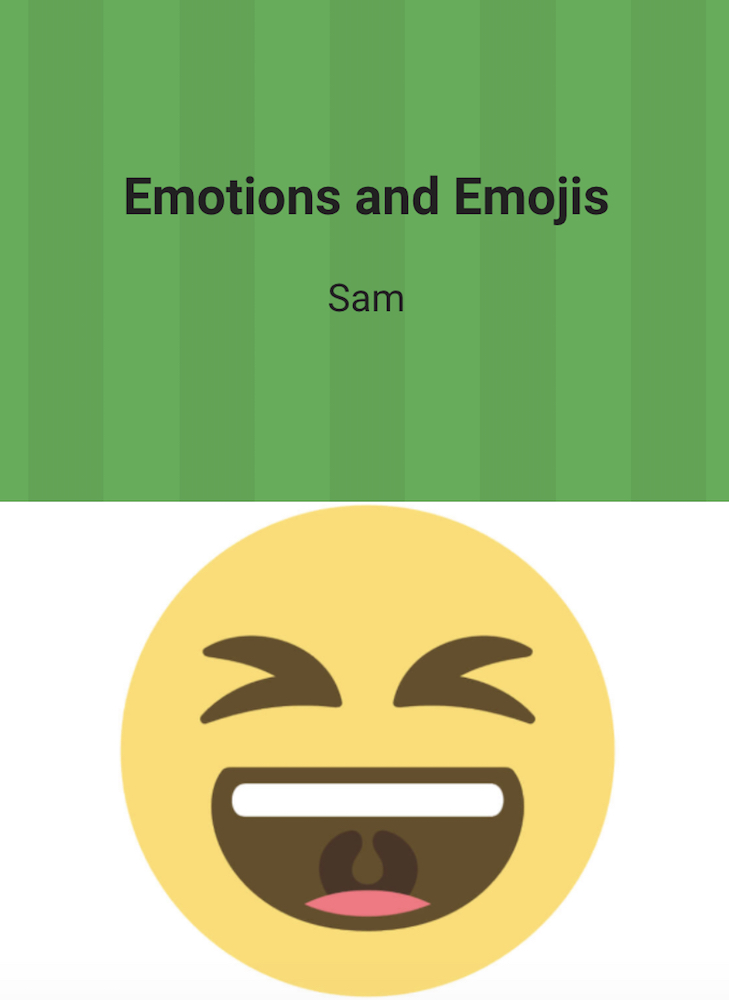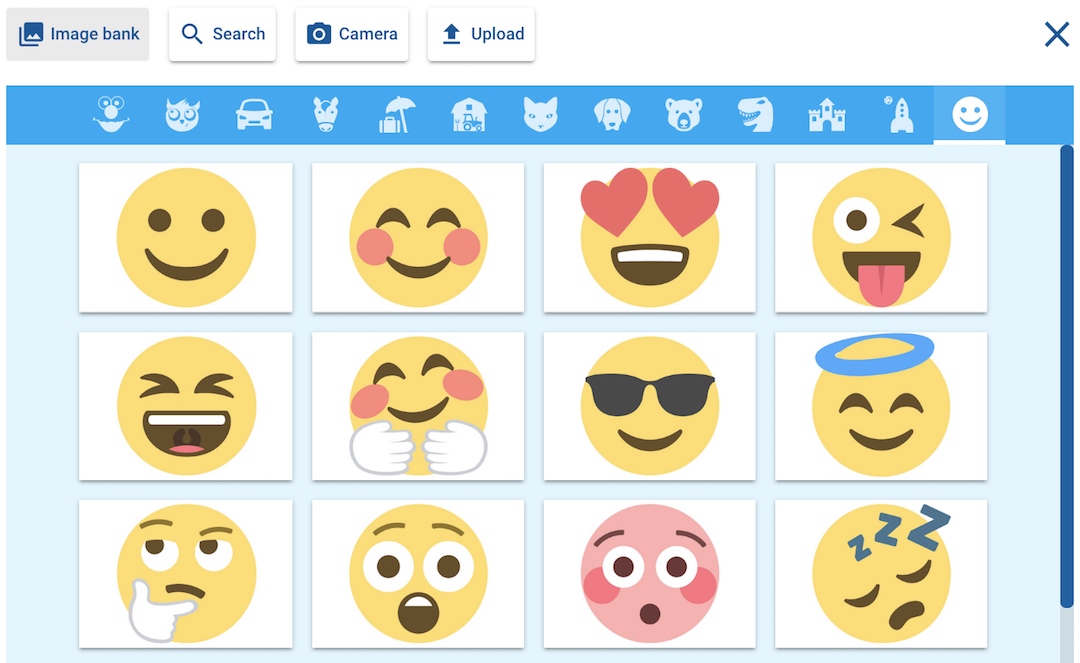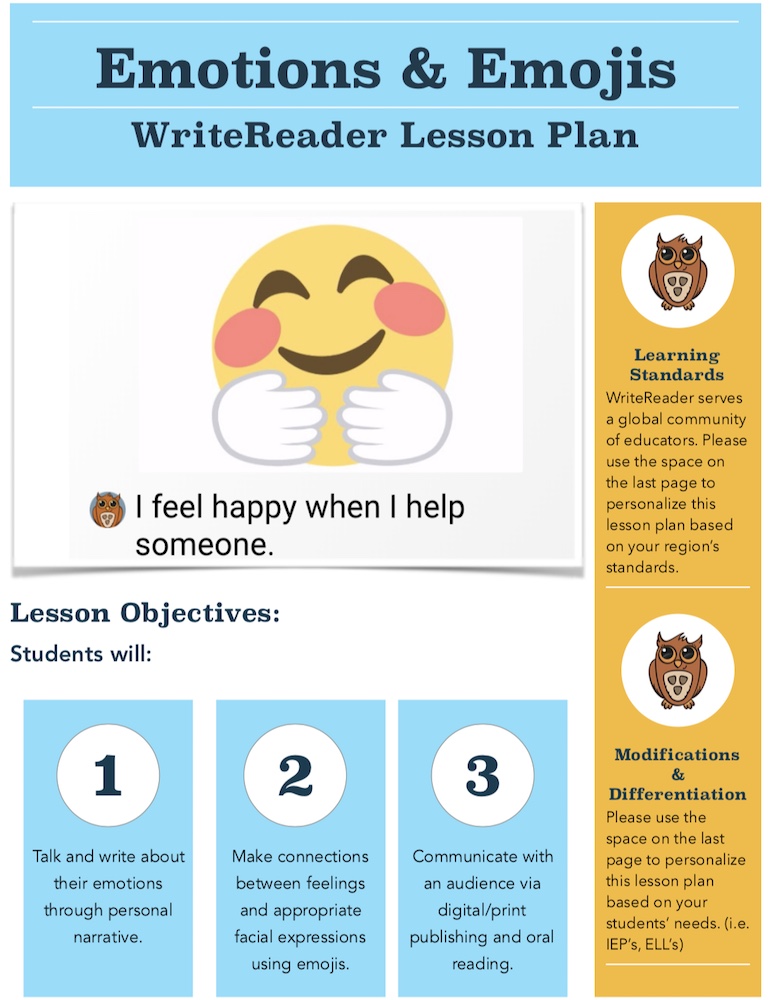Who doesn’t love receiving a big yellow happy face or one that is Laughing-Out-Loud? We all love using emojis in our texts and emails or adding them as stickers on photos. These fun Japanese icons certainly brighten our digital messages.

Social-Emotional Learning
Educationally speaking, emojis can also be useful in helping children to interpret facial expressions and express their own feelings. This is especially true for our Resource students. Not all children can intuitively comprehend the emotions of another person by just observing their facial expressions. So, we must incorporate social-emotional learning into our teaching across the curriculum. What better way to do this than by integrating SEL into our literacy lessons. As Dr. Mike Schmoker (2011) states, ’most students won’t optimally learn . without abundant opportunities to read, write, and talk.’ To support social-emotional learning, we have an emoji category in the WriteReader image bank.

New Lesson Plan
With this in mind, WriteReader has created a new lesson plan for teachers and parents called ’Emotions & Emojis.’ This plan will help you to align your region’s learning standards with the lesson, modify it to suit the needs in your classroom, set the learning targets, and prepare for instruction. Just as in our Sesame Street lesson plan about kindness, we’ve included fillable fields so that you can include your own relevant information on the plan, thereby personalizing it. (Note: You must download the lesson plan to your own computer first to be able to use these fields.)
The lesson plan will walk you through:
- pre-writing and writing phases – stressing the importance of assembling text sets for the children to read about emotions and using these books for your read-alouds, creating a safe space to talk about emotions and experiences, leading instruction on narrative writing, and giving feedback throughout the writing process
- celebrating the students’ learning – suggestions are given for cooperative learning activities, book gallery walks, and school community events as an opportunity for children to share their digital or print books
- assessment – through the use of a customized single-point rubric which aligns with the goals of the lesson (Assessment of Learning) and your students’ WriteReader bookshelf (Assessment for Learning)

Extension Activities
Optional activity suggestions are also given as a way of extending the learning or adapting the lesson to be inclusive of all types of learners in our diverse classrooms today. For instance, students may wish to record themselves reading their WriteReader book so that the tone of their voice matches the emoji expressions and their writing. App-smashing is another option as students could use photo-editing apps to add emojis to selfies and then add these photos to their book.
We’ve got you covered in all the essential aspects of helping your students grow in their social-emotional learning and the development of their literacy skills!
Click HERE to access the new Emotions & Emojis lesson plan.
